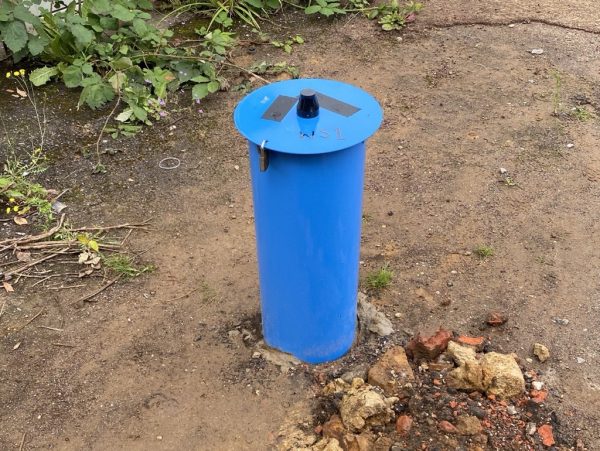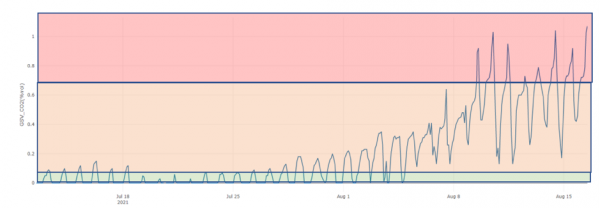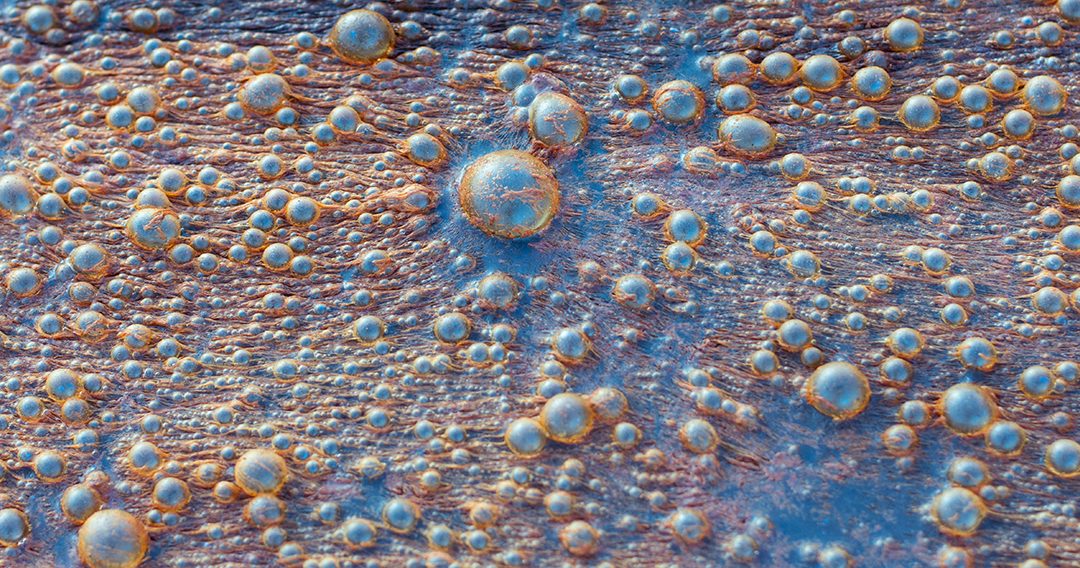Benefits of continuous ground gas monitoring
Geoenvironmental • Regulation
 Following on from last week’s blog, ground gas is bubbling away at the top of topics under discussion at Ground & Water. Engineer Emily Murray says assessing the risk from ground gas is becoming increasingly important in the design of Phase 2 investigations. She points out that just installing wells and undertaking periodic spot monitoring is not always considered enough.
Following on from last week’s blog, ground gas is bubbling away at the top of topics under discussion at Ground & Water. Engineer Emily Murray says assessing the risk from ground gas is becoming increasingly important in the design of Phase 2 investigations. She points out that just installing wells and undertaking periodic spot monitoring is not always considered enough.
The continuous monitoring of ground gas is a solution that can be used on higher risk sites – for example, sites adjacent to or within a landfill complex – to monitor the ground gas being generated. Continuous monitoring can be defined as monitoring that is undertaken by in situ devices that record gas readings at predetermined monitoring frequencies. Typically time series data would need to be obtained hourly or more frequently to be classified as continuous.
Using spot monitoring
 The CL:AIRE technical bulletin TB17 details that common practice in the UK requires gas monitoring to cover a range of barometric pressures, including periods of falling pressure. However if the site investigation is undertaken within summer months, these falling pressure events are fewer and therefore it is harder to accurately determine the worst case scenario for ground gases. Continuous monitoring increases the likelihood of capturing data of these falling pressures, which can then be used to adequately assess the risk to the proposed development from ground gases.
The CL:AIRE technical bulletin TB17 details that common practice in the UK requires gas monitoring to cover a range of barometric pressures, including periods of falling pressure. However if the site investigation is undertaken within summer months, these falling pressure events are fewer and therefore it is harder to accurately determine the worst case scenario for ground gases. Continuous monitoring increases the likelihood of capturing data of these falling pressures, which can then be used to adequately assess the risk to the proposed development from ground gases.
Trends are more difficult to establish with regards to gas behaviour and can be easily misled by temporary high or low gas levels using the spot monitoring approach. The integrity of the data is dependent on the connection of the tubing used and calibration status of the handheld meter as well as the competence of the suitably qualified person undertaking the spot monitoring.
The UK’s climate is dominated by weather systems from the Atlantic and a fall in atmospheric pressure is an important ground gas driver. Wilson et al 2018, considered the rate of falling air pressure and the duration of the fall to be the most important factors in ground gas monitoring and can be used to define a worst-case zone.
Case study
Ground & Water was approached by a client who wanted to redevelop a site adjacent to a historical landfill for residential use. However the planning authority required continuous gas monitoring to be installed to adequately assess the risk to end users of the site, from ground gas and to ensure that any remediation required was adequate.
Two continuous monitoring units (Ambisense’s GasfluX) were installed within monitoring wells on site and monitored hourly over a period of four weeks, with data collected in steady, rising and falling atmospheric conditions. We were able to collect this data in real time using Ambisense’s software Ambilytics. The data captured has been reproduced below from one of the boreholes investigated, to provide an example of how continuous gas monitoring can be utilised.
Borehole Flow vs Atmospheric Pressure

Borehole flows (orange) were noted throughout the monitoring period in comparison with atmospheric pressure. The graph (above) details that following three periods of air pressure falling from high to low, the borehole flow increased compared to that of the flow encountered in periods of high pressure.
Methane and Carbon Dioxide

Methane was consistently migrating into the borehole which is detailed by the various changes in the methane concentrations noted (blue above). Peak methane concentrations were noted throughout the monitoring period on thirty-five occasions. Therefore the methane was considered likely to be migrating from the offsite landfill. Values for CO2 (orange) varied between ~5% and ~8% throughout the monitoring period.
Guidance outlined in BS8485:2015+A1:2019 “Code of practice for the characterisation and remediation from ground gas in affected developments”, the hazardous gas flow rate should be calculated. This is known as a Gas Screening Value (GSV). Once this value has been generated a characteristic situation with regards to ground gas can be assigned. The GSV value for the gas CO2 has been reproduced below to provide an example of how assigning GSV values can characterise the site. Green designates the threshold for CS1 (very low risk) orange designates the threshold for CS2 and pink designates the threshold for CS3 (moderate risk). With a moderate risk (CS3) BS8485 stipulates the highest level for passive protection measures – such sub-floor voids and using low permeability barriers within buildings – and the limit for private un-managed residential dwellings.

Based on the data analysed above the majority of the site was classified as CS2, but on eight occasions it was classified as CS3. This meant the site was considered to be CS3 based on the available data. Therefore as a result of utilising the continuous gas monitoring we were able to provide the client with an accurate risk assessment of the ground gas on site, which then informed its design considerations from the outset.
G&W can assist you with all your ground gas needs, get in touch to see how we can help.
Wilson S., Card G., Collins F. and Lucas, J. 2018. CL:AIRE Technical Bulletin 17. Ground Gas Monitoring and ‘Worst Case’ Conditions. CL:AIRE, London, UK.
